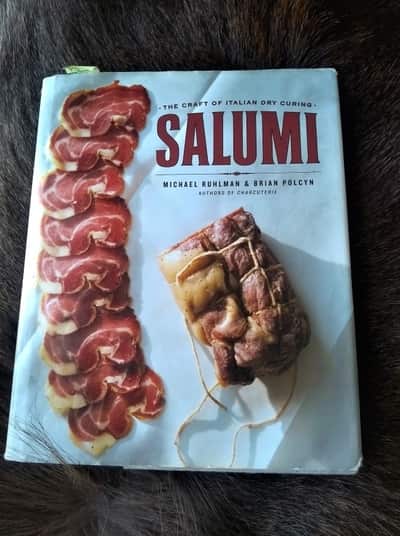Tried and Tested, when it comes to finding decent tools, I’ve compiled a breakdown, with options for what’s been proven over the year.
If you are completely new to dry curing meat, I’ve got a complete DIY Curing chamber guide that goes into great depth to help avoid a steep learning curve—it’s on the course page here.
Must have for equilibrium meat curing I think, are:
See below these picture for specific equipment dependable gear and equipment I use regularly…
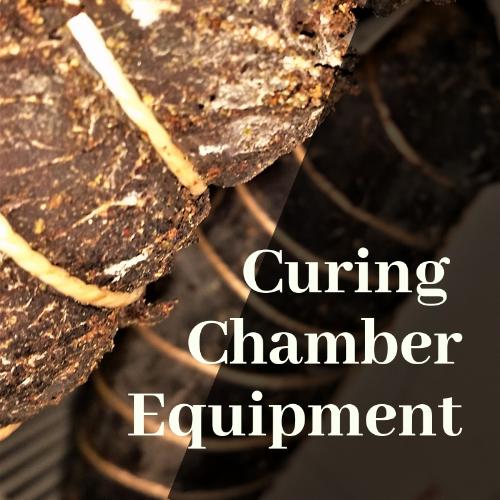
Curing Chamber Equipment – To Build a Meat Curing Chamber ie. temp & humidity controllers, humidifier, dehumidifier etc.

Meat Curing Equipment – Spice Grinders, ACCURATE digital scale options
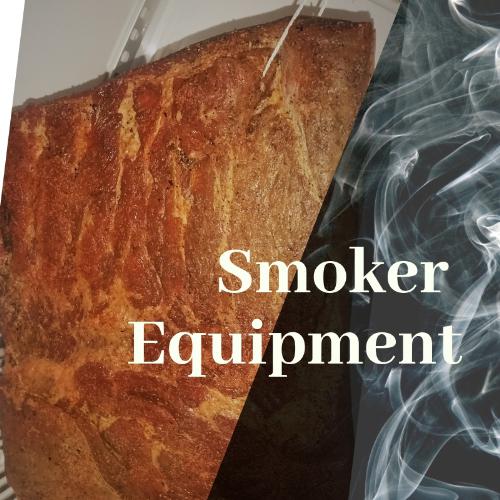
BBQ, Hot & Cold Smoking Equipment – Smoking gear – Temperature Probes, Brisket Knife & Smoke Generators

Here we get into the advanced are of Salami Making essentials for doing a decent batch of salami or fresh sausages for that matter.
Meat mincer, Meat stuffer, and some Mold Cultures
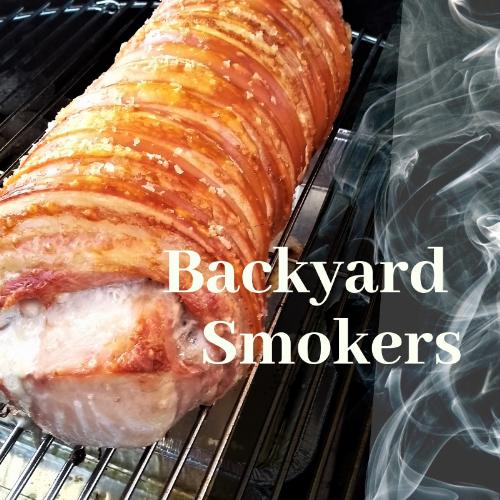
Backyard Smokers – ie. Low & Slow Smokers and Portable Smokers I love
For the most straightforward BBQ smoker to start with, get a pellet grill or electric smoker – easy to use “set & forget” – an outdoor smokey oven with an easy learning curve.
This type of equipment is if you already have a DIY curing chamber or an area where you do the drying. If you are in the realm of building something, check out this post.
This list is all about the equipment I think makes it easier and the things I love to use. It is not exhaustive, but it does include some worthwhile recommendations.
These are the tools that I’ve acquired to make whole-muscle and dry-cured salami—fresh sausages for the grill and how I’ve refined my technique over the years with this kit.
Dry Curing Tools
Deli Slicer
I know it’s $$$, but it was worth every penny.
This is an investment into a passion for meat curing – it does define dry-cured meats these days. You can’t get consistent, uniform wafer thin-slicing without a deli slicer.
Seriously, it’s down to whether you get one now or later. I love using my deli slicer (I wrote about precision slicers here) for everything from prosciutto, bresaola, bacon, salami, and more.
Here are some I highly recommend for home use or semi-commercial use, priced between $200 and $300. They are well worth the investment.
Read about the best here.
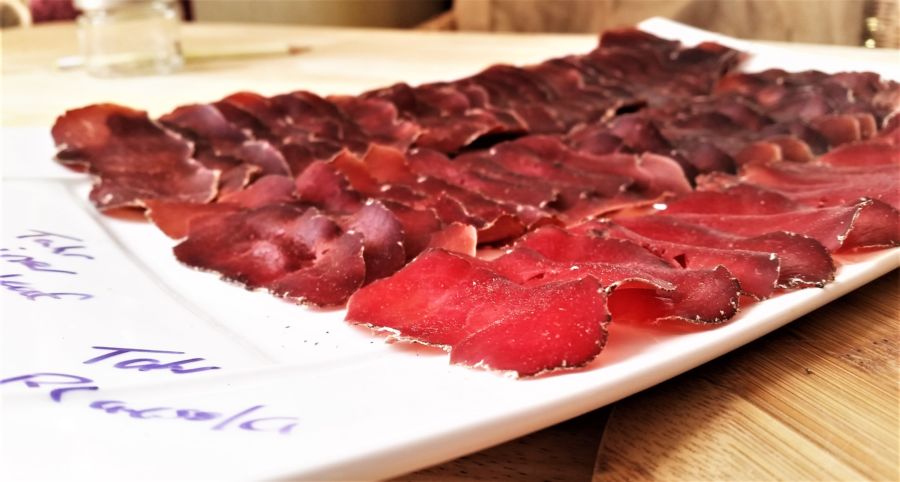
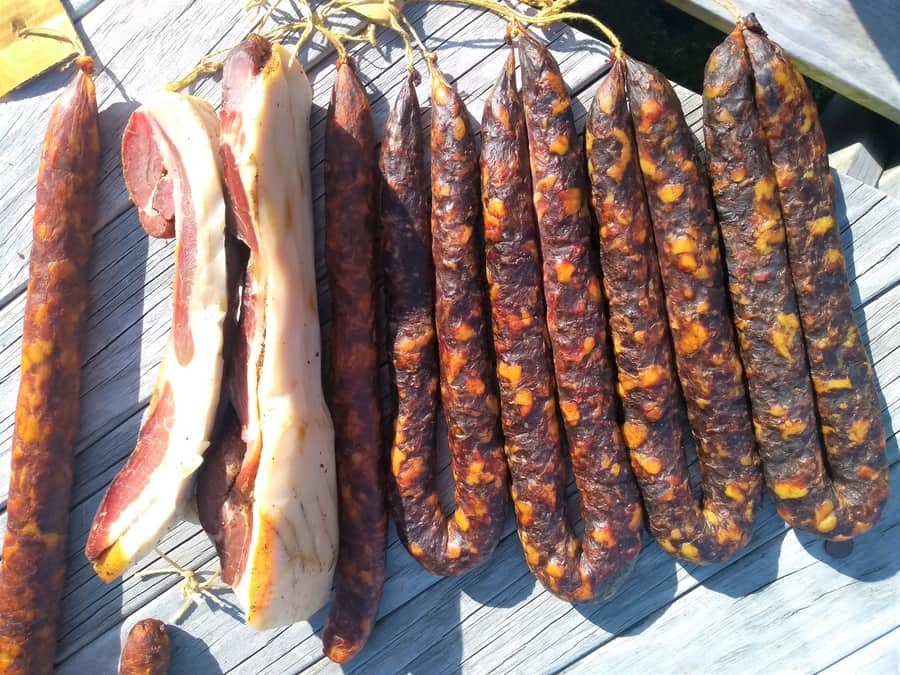
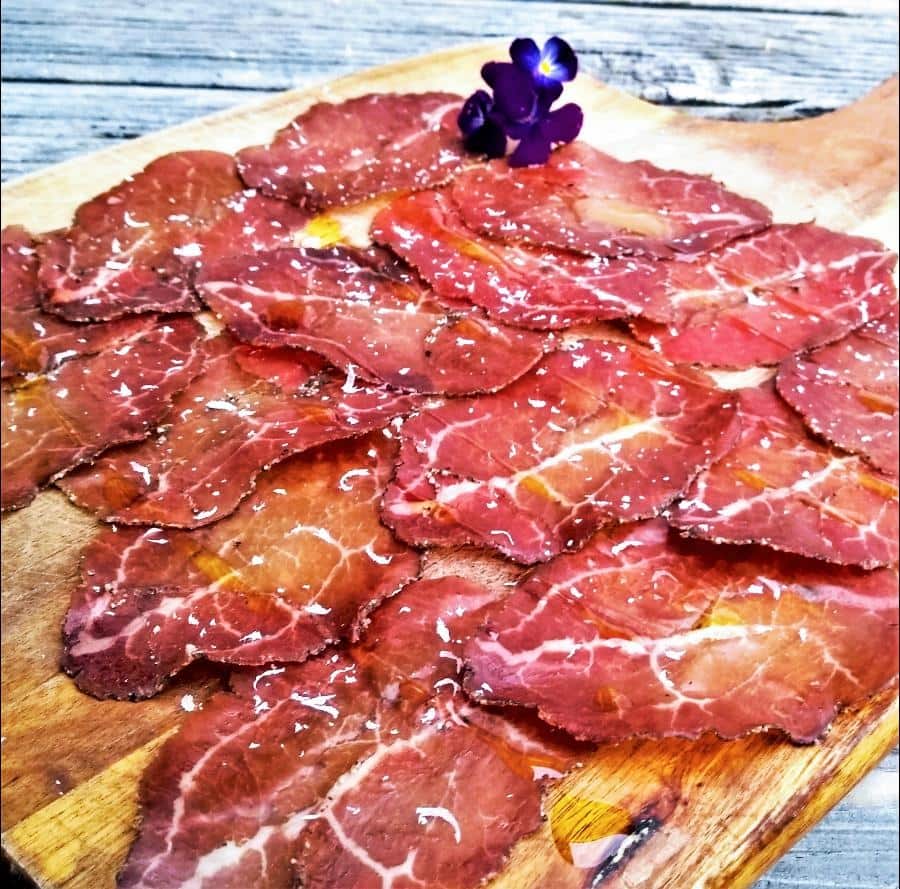
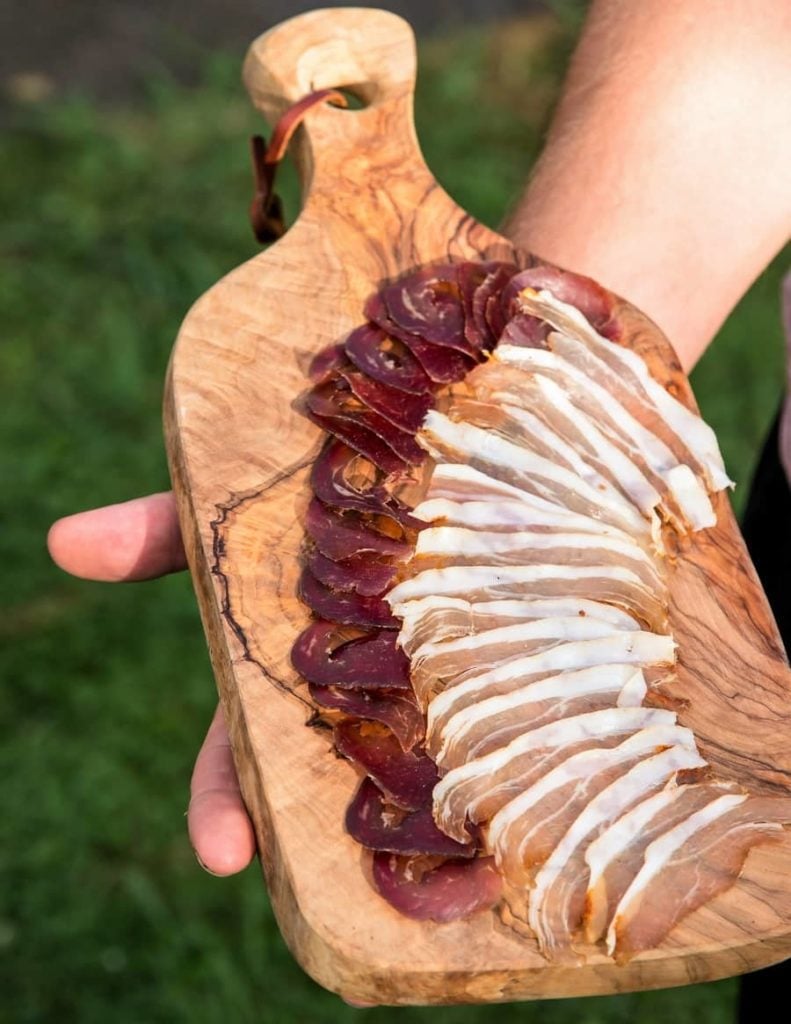
Digital Scales
The most used equipment when I cure meat(another general article about the equipment I wrote here) with equilibrium curing since this works out all the nitty-gritty of an equilibrium cure.
Here are some options for digital scales (& spice grinders), either budget or investment type.
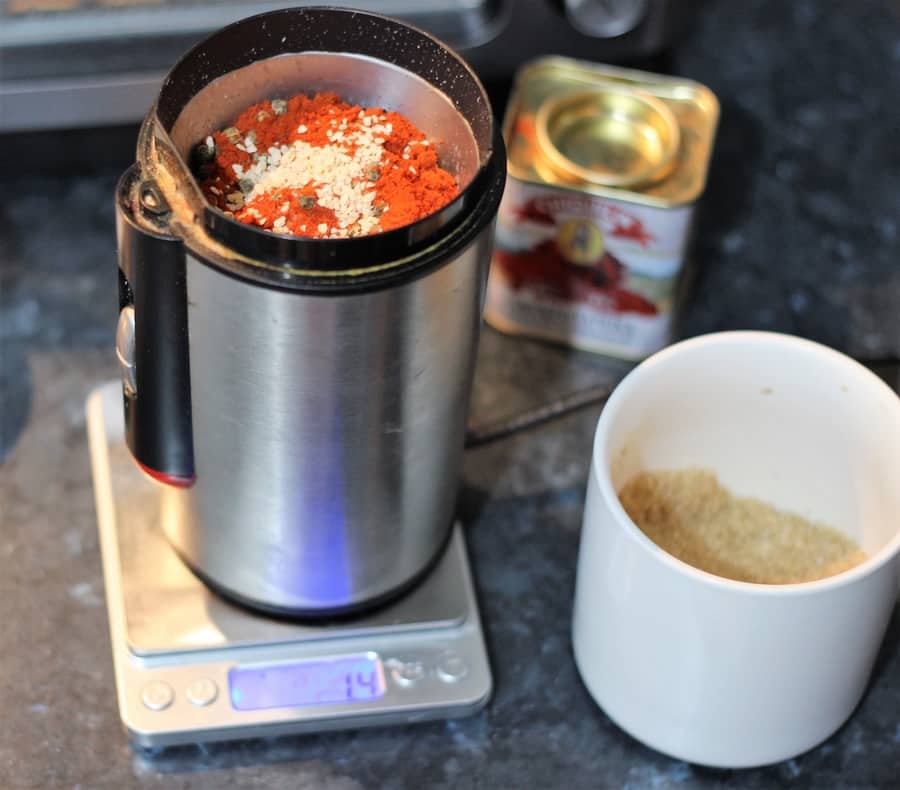
Prosciutto Knife
It’s better than most knives for thin slicing, and the prosciutto knife was pivotal in my 15 years of meat curing.
Thin blade, Granton/teardrop style, quick to touch up/sharpen, and super sharp. Here is a right-up on the top picks I made.
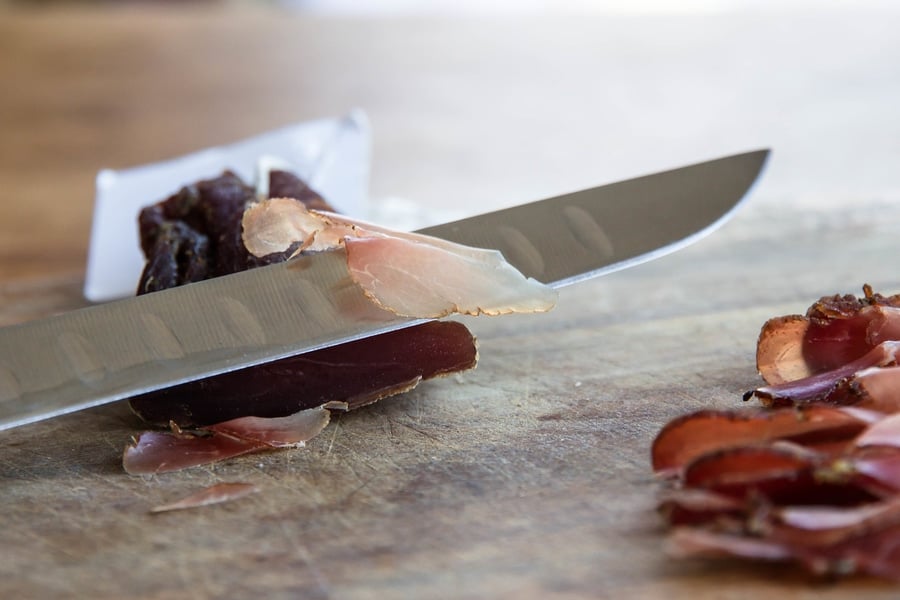
Spice Grinder
Getting a finer dry cure mix makes all the difference. It’s a coffee grinder, or you can use a mortar & pestle with some arm work. Choose your chunkiness of spice coating as well.
Here is the page on grinders/scales, too.

Sausage Casings
When making fresh sausage or dry-cured salami, you want quality casing that doesn’t tear easily.
This range is reliable. You probably know you can pack it in salt, and it will easily last a year.
Decent Hog Casings = here (salami kind of size, up to 25lbs of meat mass)
Something different: Snack Stick Collagen – Mahogany Smoked Casing (19mm though)
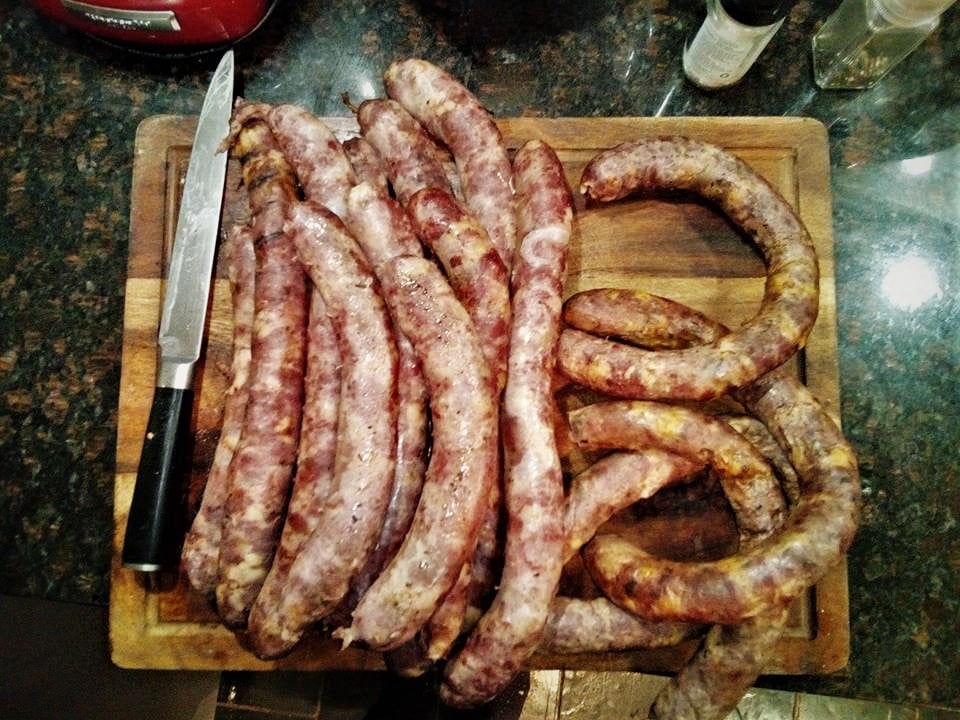
Cheese/Muslin Cloth
It is super useful for preventing the surface from drying out as much. Whether the project is oval or long, I like to use this cloth a lot. Of course, natural bungs/intestines are always ideal.
Check it out – muslin cloth buy link
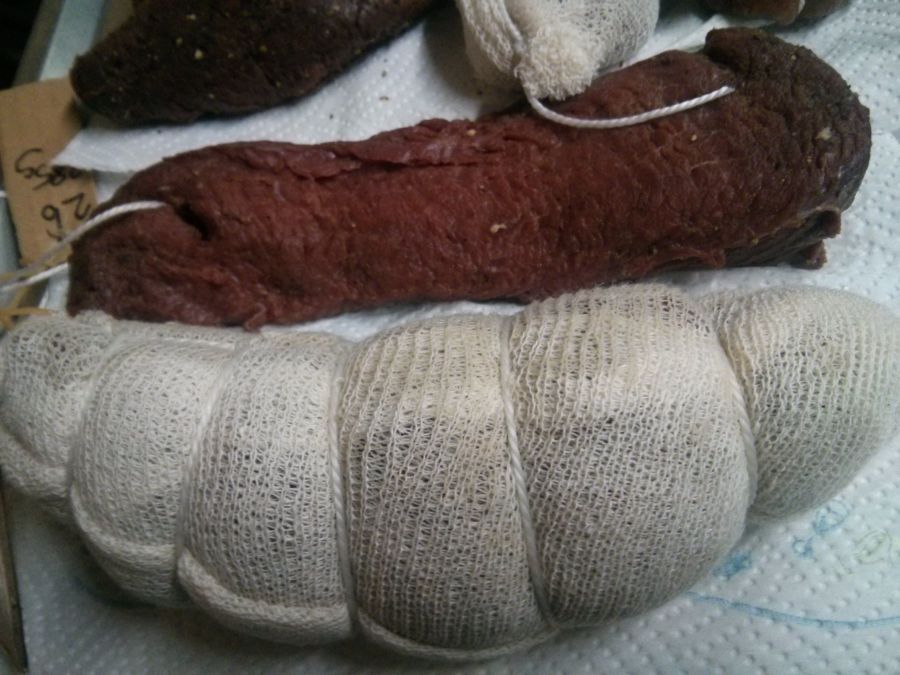
Pellet Tube Smoker
I go on about these smokers a lot! But they are simple, and I use them for bacon, other cold smoked ‘meat’ of many types, cheese, and veggies. Fill with wood pellets, light, and you have many hours of cold smoke.
I wrote a whole post on cold smoking here. For some recommendations, I wrote a whole write-up here.
I need a decent butane torch like this, too. It just doesn’t work with a regular lighter
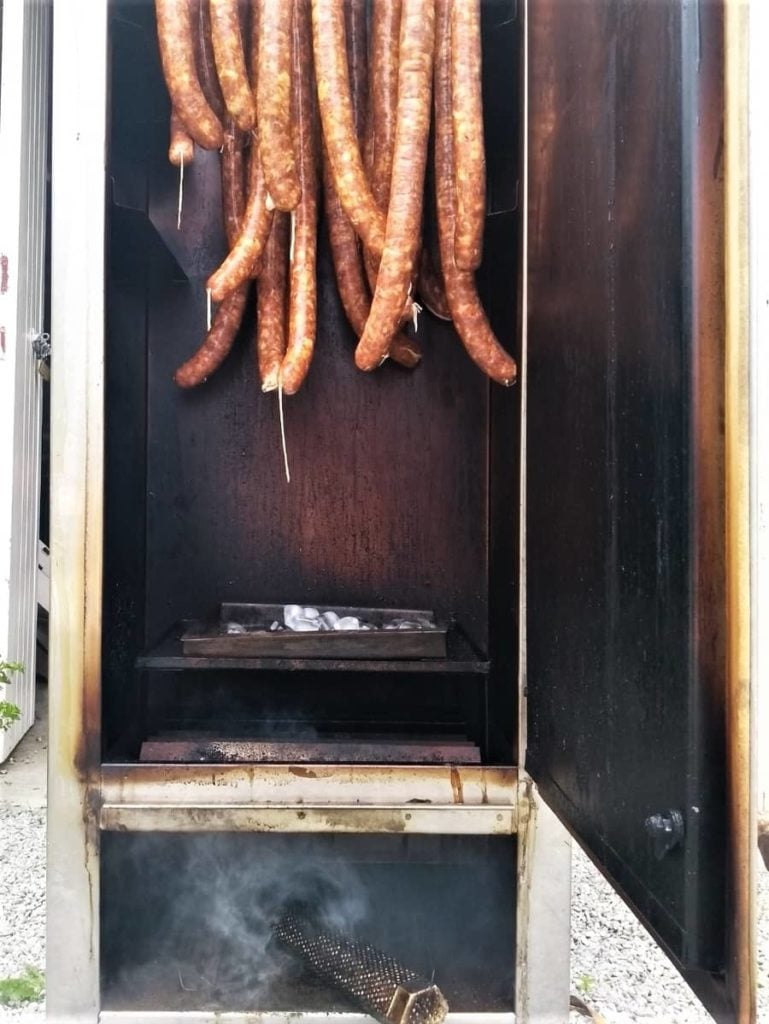
Pink Curing Salt
For uncooked meat curing whole muscle (dry-cured salami) or salami, I sometimes only use it, but not often. Since I always use quality meat, I handle it with all precautions.
If you choose to use it, I like this brand because it’s resealable.
No.2 Pink Curing Salt (for over 30 days dry curing of meat @ a rate of 0.25% of the total meat weight) – if you haven’t got into equilibrium meat curing, here is a write-up on it.

Butcher Twine
It is helpful since it has a no-slip aspect, so you can get tightness, minimizing the air pockets. The tighter, the better, of course.
Check out this stuff; it’s fantastic, and the type is compostable/biodegradable.
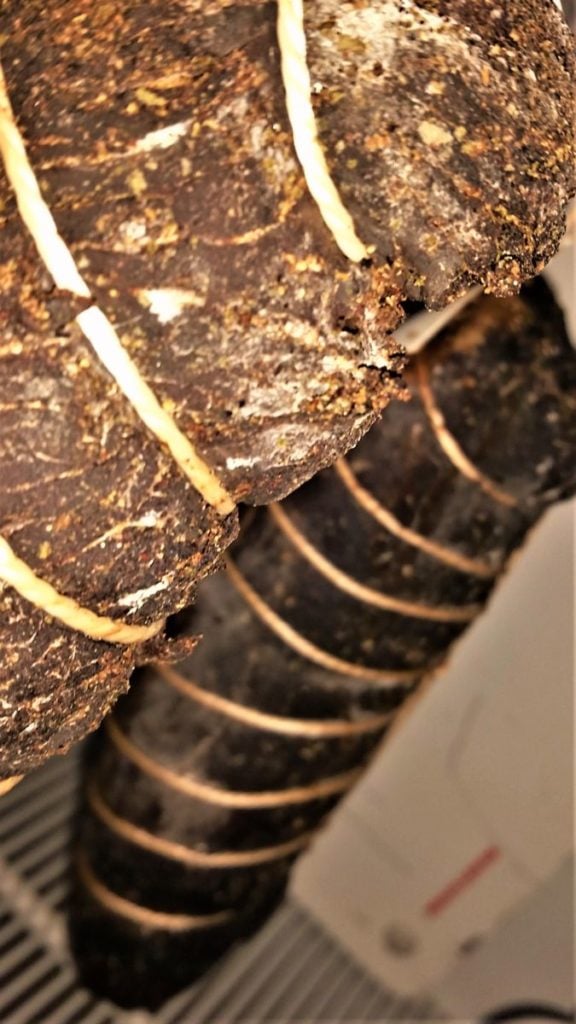
Ruhlman – Salumi
It’s an inspirational tool I’ve found.
I’ve read many books on meat curing, especially dry curing. This is half instructions, half inspiration, and half recipes using the meat curing you make.
It’s inspiring compared to some of the other ‘dry‘ style theory books on dry-curing books, from breaking down a pig the classic Italian way to simplifying the many thousands of variations in Italian meat curing.
Check it out here.
